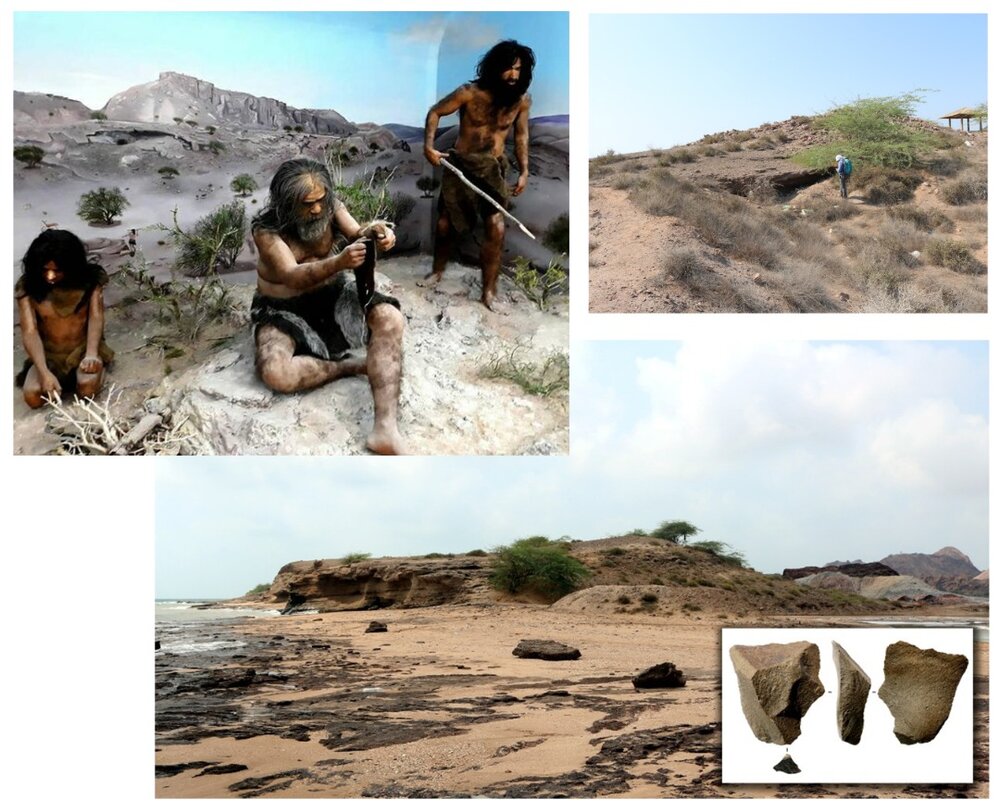Future research to probe links between Iran, Arabian Peninsula during Pleistocene

TEHRAN – Hormozgan province plans to help research to shed light on the possible relationship between southern Iranian islands and the Arabian Peninsula during the Pleistocene.
"Future research including intensive surveys, systematic sampling, excavation, and additional environmental studies is expected to increase our knowledge of the Paleolithic occupation of the region and the relationship between southern Iran and the Arabian Peninsula during the Pleistocene," provincial tourism chief Sohrab Banavand said on Tuesday.
His comments came after recent findings confirmed the presence of Paleolithic hunter-gatherer groups on Hormuz Island in the Persian Gulf.
"The recent discovery indicates the importance of the Strait of Hormuz in Paleolithic archeology of the Persian Gulf and the southern coast of Iran. Preservation of this area and its natural landscape and conducting more research in this part of the eastern coast of Hormuz Island is one of the goals of this provincial office," Banavand said.
According to the Public Relations of the Cultural Heritage and Tourism Research Institute (RICHT), a team of archaeologists under the direction of Sepehr Zarei have identified a Paleolithic site on the eastern coast of Hormuz Island. In this regard, Zarei said: "In the initial study, a significant scatter of stone artifacts on a marine terrace was identified. Based on their technological and typological characteristics, and the use of the Levallois method, they can be attributed to the Middle Paleolithic period. He added this period that coincides with the presence of Neanderthals and probably early modern humans in Iran, began about 200,000 years ago and ended about 40,000 years ago.
According to Zarei in the previous archeological surveys on Hormuz Island, which started in the 1930s, only the remains of the Islamic period have been found. However, during the visit of the archaeologist, for the first time, Paleolithic stone artifacts were found in a locality called "Chand-Derakht".
He emphasized: Due to the importance of this discovery, a preliminary study was planned and carried out to examine the natural context of the locality and its Paleolithic finds. In this survey, the area was examined to identify the boundary of the surface scatter, and to study the typology and technology of the finds, and to suggest a relative chronology.
Finally emphasized that Chand Derakht is the first evidence of Paleolithic settlements on the Hormuz Island and in addition to the Middle Paleolithic site of Bam Qeshm in the Qeshm Island; so far it is the second evidence of such early occupations in the Persian Gulf islands.
AFM
